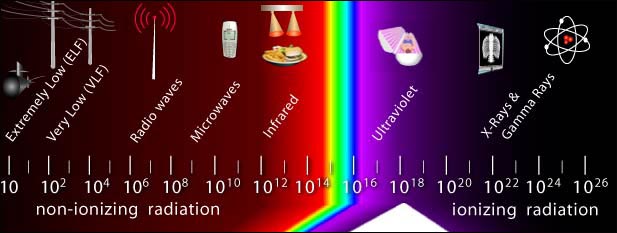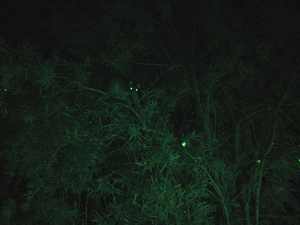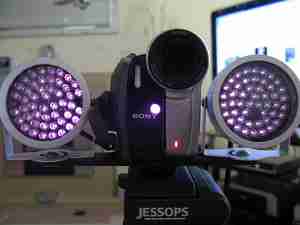If you are like me, there have been many times when you’ve wanted to be able to take video that captures what happens in the dark.
Things that go bump in the night may not always be frightening, but you wish you could find out what is happening and clear up the mystery. Whether it is something making noise in the garage, or somebody or something out in the garden or yard, or someplace in the house, these mysterious happenings are puzzling.
And you know that if you keep the lights on when you set up your night vision camcorder that you will never solve the mystery.
If there is any light at all, either from moon light or from ambient light such as street lights or other partial illumination, your first reaction would be to try to slow the shutter speed down on your infrared video camera. This will allow it to capture more light per frame.
You may get some video that you can use this way, but usually the video is blurry and shaky if you are holding the camera by hand. Even when using a tripod, whatever you are trying to film always seems to stay in the darkest areas where you can’t record what is happening.
What you need to do is the same thing the military has been working on and improving for years. You need to add some type of light to illuminate what you are trying to record. But this light needs to be something that the camera can see but regular human or animal biological vision can’t. This ‘secret’ light is called infrared.
An infrared video camera or camcorder can see infrared light, even if we can’t. Some even have a built in infrared illuminator but it is usually low powered and won’t do the job if you really want to light up an area with invisible light.

But what you can do is to add additional sources of infrared light. By using additional units that give out infrared you can invisibly light any area you desire.
There are basically two different types of add on illuminators. One type typically is attached to your camcorder and uses it’s built in power supply. These units are highly portable and have the advantage of always lighting the direction in which you are shooting.
The second type of are stand alone units with their own power supply, either battery powered or AC. These can typically put out much more light. You can position these lights near the area where you want to record and stand far away with your infrared video camera and still get excellent shots. A powerful infrared floodlight is usually AC powered and these will be less expensive than a battery powered unit that has equivalent infrared output power.

